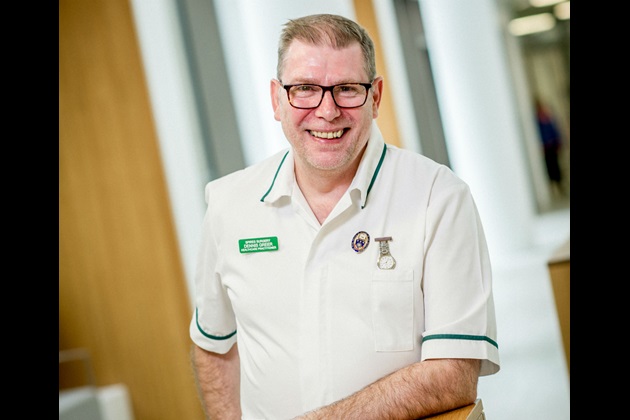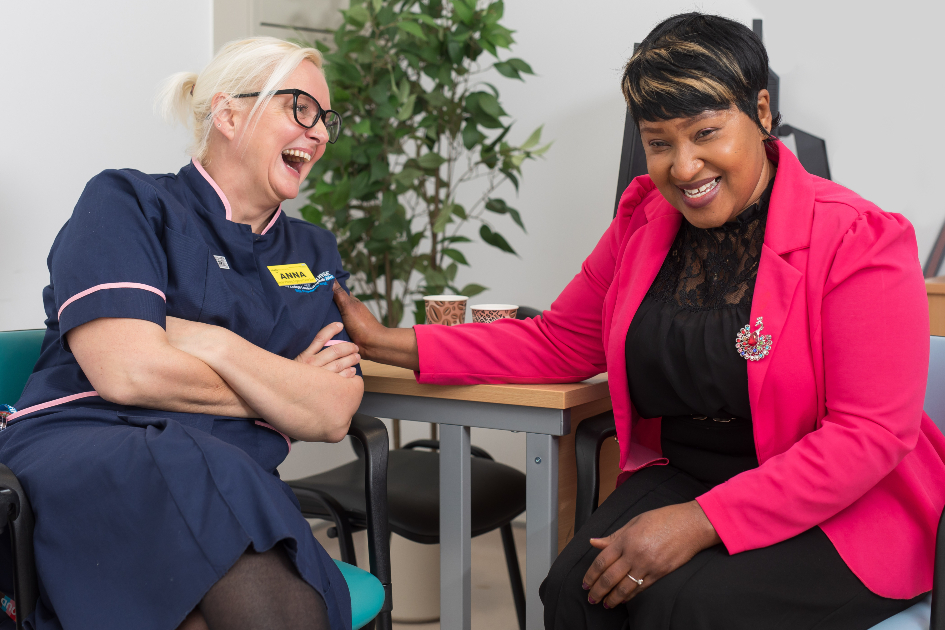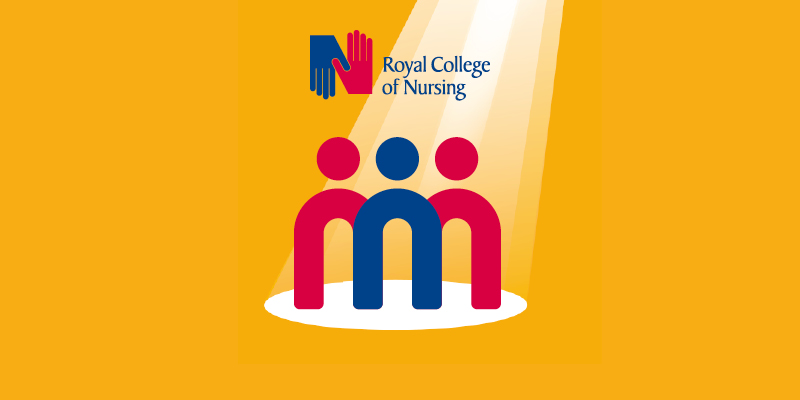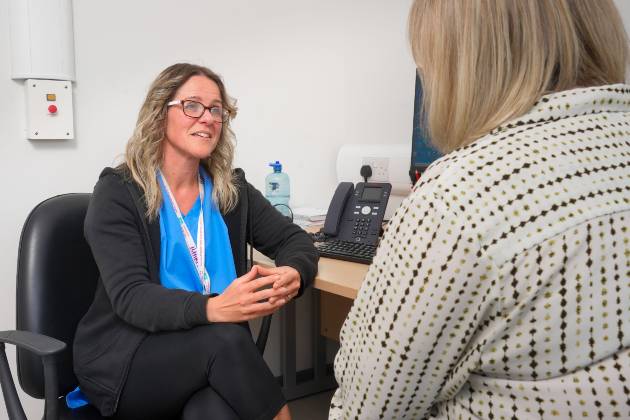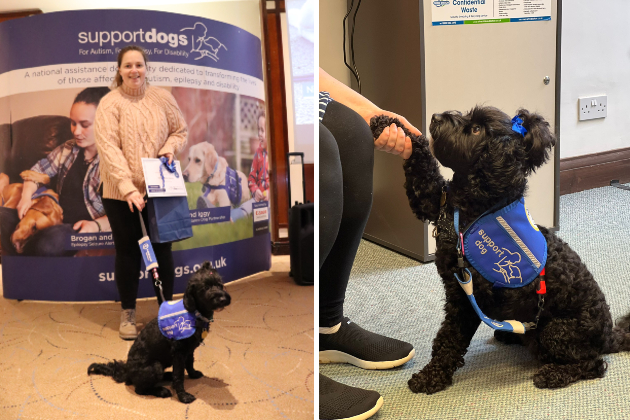What's it like to work as an assistant practitioner in a GP practice? Dennis Greer shares his story
When the practice nurse reduced her hours I was asked if I’d be interested in helping design a band 4 role. I jumped at the chance and just a few months on I now work as an assistant practitioner for 10 hours a week alongside my work in the treatment unit.
As the assistant practitioner I support the general practice team and have become an important resource. I’ve taken on clinics for hypertension, spirometry, INR (international normalised ratio) and flu.
It’s uncharted territory for me and the practice but I’m happy to prove an AP can take on this kind of work as long as you’ve had the appropriate training and education. Being given responsibility for the flu clinic was a big step as it’s always been run by a nurse.
The patients are happy with my role
In Northern Ireland assistant practitioners are trained by an independent training company and competencies are assessed by practice nurses and GPs. I’ve had one-to-one training to use the RAT (regulating anticoagulent treatment) system which tells you what dose of Warfarin the patient needs to take, when to repeat the test and when the patient needs to see a GP.
For my flu injection training I went to Belfast for a study day where I learned about the procedure and the warning signs I need to look out for. The practice brought in a spirometry trainer so I feel confident and competent in all these areas. This is so important as these roles are always changing. If we’re to meet the current and future needs of patients, this work will benefit the practice.
Building trust
The patients are happy with my role too. I’ve been in the practice for nine years so lots of them know me, and some even ask for me. They have confidence in me because they know I know what I’m doing and they trust me. If they feel comfortable, that’s always going to help.
I like to take a holistic view. I had one patient come to see me for a spirometry test. I knew her and could tell straight away that there was something wrong – but she “didn’t want to bother the doctor”. I stopped the test and called for the GP. He sent her straight to hospital where it was found that she had pneumonia. When she recovered she came back to thank the practice for helping her, which was lovely but it also showed that by working as a team we can best help patients.
Dennis has opened our eyes to the value of involving other health care professionals in the primary care team and the variety of skills they bring. He’s enthusiastic and has improved morale in the team and after seeing how he works I intend encouraging other practices to consider welcoming assistant practitioners into their team
Developing roles
Our roles are constantly evolving and I think they will continue to evolve in the future. People are just starting to see that we have transferable skills and I think we shouldn’t be shy telling them.
While we must be careful that we’re not just seen as a way of getting work done for less cost, I see no reason why we shouldn’t promote what we’re able to do. I always work within my remit, I have the appropriate skills to do the job, and have had the right training. So why shouldn’t I extend my role into interesting new areas?
I’m here to help people; to look after them and take care of them. Like other nursing staff I want to be the patient’s advocate. Today’s HCAs are important frontline staff. A lot of other health care professionals rely on us so if you want to progress in your career; be confident, develop your knowledge and skills and do what’s right for you and your patients.
What’s spirometry?
Spirometry is a simple test used to help diagnose and monitor certain lung conditions by measuring how much air you can breathe out in one forced breath.
It's carried out using a device called a spirometer, which is a small machine attached by a cable to a mouthpiece. Find out more on the NHS website.
Words by Sharon Palfrey
Pictures by Stephen Latimer


